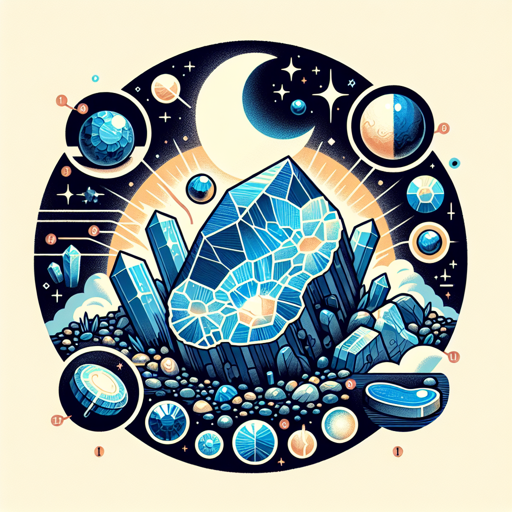The Enchanting Allure of Moonstone
Unraveling the origins and mystical beliefs surrounding the captivating moonstone

Introduction
Moonstones, with their ethereal glow and dreamy translucence, have been captivating the human imagination for centuries. They are named for their resemblance to the moon, and their unique visual effect, known as adularescence, is reminiscent of moonlight shimmering upon water. This article peels back the layers of this intriguing gemstone, delving into its origins, its role in various cultures, and the science behind its magical appearance.
The Origin of Moonstones
Moonstones are a type of feldspar, constituting about 60% of the earth’s crust. They are composed of two species - orthoclase and albite. When these minerals cool down after formation, they separate into alternating layers. When light falls between these thin, flat layers, it scatters in multiple directions, creating the effect of a soft, billowy glow that seems to roll across the surface of the stone when it is moved. This is the moonstone’s famed adularescence.
The Moonstone in History and Culture
Moonstones have been revered in various cultures for their mystical properties. They were used in jewelry by the ancient Romans who believed that the stone was formed from drops of moonlight. In India, moonstones are considered sacred and are traditionally given as a wedding gift.
“Moonstones, with their ethereal glow and dreamy translucence, have captivated the human imagination for centuries.”
The Science Behind Adularescence
| Property | Explanation |
|---|---|
| Origin | Created by the intergrowth of two types of feldspar |
| Color | The scattering of light between feldspar layers |
| Optical Phenomenon | Adularescence |
| Key Features | Soft, billowy glow that moves with the light source |
The interplay of light between the layers of feldspar creates an optical phenomenon known as adularescence. This effect is what gives moonstones their unique visual appeal, setting them apart from most other gemstones.
The Allure of Moonstones Today
Today, moonstones continue to be a popular gemstone choice in jewelry. Their unique adularescence lends an air of mystery and enchantment, making them a favorite among gemstone enthusiasts and jewelry designers alike.
For more detailed information on the properties and compositions of moonstones, visit the Gemological Institute of America website.
Conclusion
The allure of the moonstone lies in its unique optical phenomenon, its rich history, and cultural significance. This gemstone, born from the earth’s most abundant group of minerals, creates a surreal visual experience that has been admired and revered for centuries. The moonstone’s ethereal glow, reminiscent of the moon’s light, continues to captivate the hearts of gemstone enthusiasts and casual observers alike.